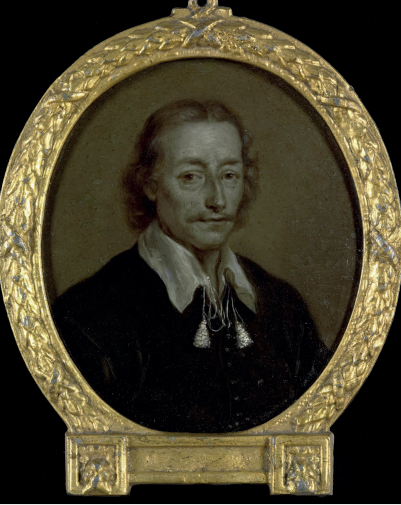
NY400 – The Europeans of New Amsterdam
Learn about Jacob Steendam and a House on Pearl Street:
Learn about Teunis Cray and a House on Brewer Street:
Scripts
Don’t want to watch the videos? Read the scripts here!
Video 1:
As an important Dutch trading post, many Europeans immigrated to the colony. One of them was Jacob Steendam.
Steendam, born in 1616 in Germany, moved to the Dutch Republic and worked for the West India Company (WIC). He spent a lot of his career staying in various locations like Africa’s west coast, where he may have had a son through an affair with a local woman. In around 1652 he moved to New Amsterdam with Sara Abrahams Steendam, his wife, after he stopped working for the WIC. There he purchased a house on Pearl Street near Stuyvesant’s house. Unfortunately for Steendam, although he had some influence in New Amsterdam, he was never a major merchant, trading mainly in things like tobacco and upholstery.
Steendam is best known for his poetry and is sometimes called “first poet of New York.” Throughout his life Steendam has published many poems, of which the three about New Netherland are the most famous. In one of them, “The Praise of New Netherland,” Steendam attempts to attract new settlers by idealising the location’s clean air, fertile land, and diverse wildlife. Here are two stanzas from this poem as translated by Henry Cruce Murphy:
A land for trade and navigation sought;
With harbors which the earth herself has wrought,
For aid to those who are in danger brought
And seek to fly at.
It is the land where milk and honey flow;
Where plants distilling perfume grow;
Where Aaron’s rod with budding blossoms blow;
A very Eden.
Video 2:
Teunis Cray was one of the many Europeans who immigrated to New Amsterdam in the 17th century. He was born in Venlo, in northern Limburg in 1602 and later, in 1642, moved to New Amsterdam. There, Cray built himself and his family a small house on a plot of land at the corner of Brewer Street and the Broad Street canal. While he worked as a tavernkeeper for almost thirty years, his career was unremarkable, aside from his 1667 appointment as the public measurer of apples, onions, and turnips.
However, perhaps the most notable thing about his life is a 1658 incident relating to his daughter Janneke Cray and her groom Philip Schooff. The two got married in August of that year and when leaving the church, Anneken Sibouts shouted “they slept together and therefore did not deserve to have palm strewed” at the newlyweds. Here, Sibouts referred to the tradition of decorating a marital bed with flowers and palms, and so implied that as Philip and Janneke had premarital sex, the two were not worthy of marriage. The groom obviously found this remark offensive, and he took Sibouts to court, just as he did two weeks before with a certain Breghtlande van de Graaf whom he accused of slandering his wife.
Interestingly, about a month prior in July, Teunis Cray and Philip Schoof had a minor legal dispute. As a result, Schoof was not allowed to leave New Amsterdam for a certain amount of time about which he complained to the court. While we do not know with certainty what exactly van de Graaf said about Janneke Cray or the cause of the dispute between Teunis Cray and Philip Schoof, we can speculate that these incidents were possibly connected to the couple’s premarital sex.


